If you haven’t yet explored the incredible world of Australian bush foods, you’re missing out on a rich tapestry of unique flavours, textures, and health benefits. Australia is blessed with an abundance of wild herbs, vegetables, fruits, nuts, and seeds. Our diverse landscapes and climates have given rise to a wide variety of foods with distinct nutritional profiles and truly unforgettable tastes — flavours found nowhere else on earth.
While many of us are comfortable cooking with European and Asian ingredients, Australian native foods often feel like uncharted territory. If you’ve been curious but unsure where to start, consider this your introduction to the vibrant world of bush foods. By the end, you’ll be ready to taste, cook, and explore even more!
Wattle Seeds
Harvested mainly from wattle trees in South Australia's Flinders Ranges, wattle seeds mature between January and March. Once roasted, they offer a delicious nutty, coffee, and chocolate-like flavour. Ground or whole, they’re perfect in baking, desserts, sauces — even stirred into coffee or chai. High in protein and rich in potassium, calcium, iron, and zinc, these tiny seeds pack a mighty punch.
Finger Lime
Bright, zesty, and slightly sweet, finger limes grow in northern New South Wales and southern Queensland. Their small, finger-sized fruits, ranging from green to deep ruby red, burst with tiny ‘caviar pearls’ that chefs adore. Lighter and sweeter than traditional lime, they’re fantastic on ceviche, oysters, salads, and even cocktails.
Davidson Plum
This deep purple native plum boasts a tart, juicy pulp with a flavour reminiscent of stewed rhubarb and a citrus kick. Harvested from the rainforests of northern New South Wales and southern Queensland, Davidson plums shine in jams, desserts, and sauces — and they’re packed with antioxidants, calcium, vitamin E, and zinc.
Pepperberry
Often called Australia's answer to pepper, pepperberries offer a spicy, peppery kick with a subtle fruity sweetness. Grown in Tasmania’s alpine regions and southeastern mainland Australia, they’re an easy and delicious way to add native flavour — simply substitute them for regular pepper.
Saltbush
What’s pepper without salt? Saltbush is a perfect native companion to pepperberries. Eaten fresh or dried and ground, saltbush grows across much of mainland Australia and is packed with protein, antioxidants, and minerals — all with 20% less sodium than regular salt. It’s fantastic in breads, pies, or baked into crispy chips.
Lemon Myrtle
One of Australia's most loved native foods, lemon myrtle is more lemony than lemon itself! Rich in natural citral (up to 98%), its strong citrus aroma makes it incredibly versatile. Use it dried in teas, desserts, and baked goods, or dilute its oil for use in dressings, meats, and fish dishes.
Bush Tomato
Also known as Desert Raisin, bush tomatoes are native to Central Australia and are both salty and sweet with a hint of spice and caramel. Dried bush tomatoes add richness to chutneys, sauces, and meat rubs — and they’re loaded with antioxidants, protein, and minerals.
Quandong
Often called the "wild peach," Quandong fruit is bright pink with a tangy, sweet-sour flavour, blending notes of peach and aniseed. Whether dried, fresh, or cooked, Quandong adds a vibrant burst to salads, desserts, and roast dishes — and it’s packed with protein, iron, and zinc.
Native Thyme
Don’t be fooled by the name — Native Thyme (also known as Cut-leaf Bush Mint) has a complex minty flavour with earthy, peppery notes. Growing naturally across New South Wales, it’s excellent fresh or dried and works beautifully in salads, stews, marinades, and teas.
Ready to start your bush food journey? Get inspired in the kitchen by adding native flavours to your favourite recipes, spice up everyday condiments with pepperberries and saltbush, or simply indulge in one of the many delicious ready-made sauces, chocolates, oils, bars, or teas.
Discover the delicious — and decolonise your palate!
👉 Shop now at Welcome to Country
References:









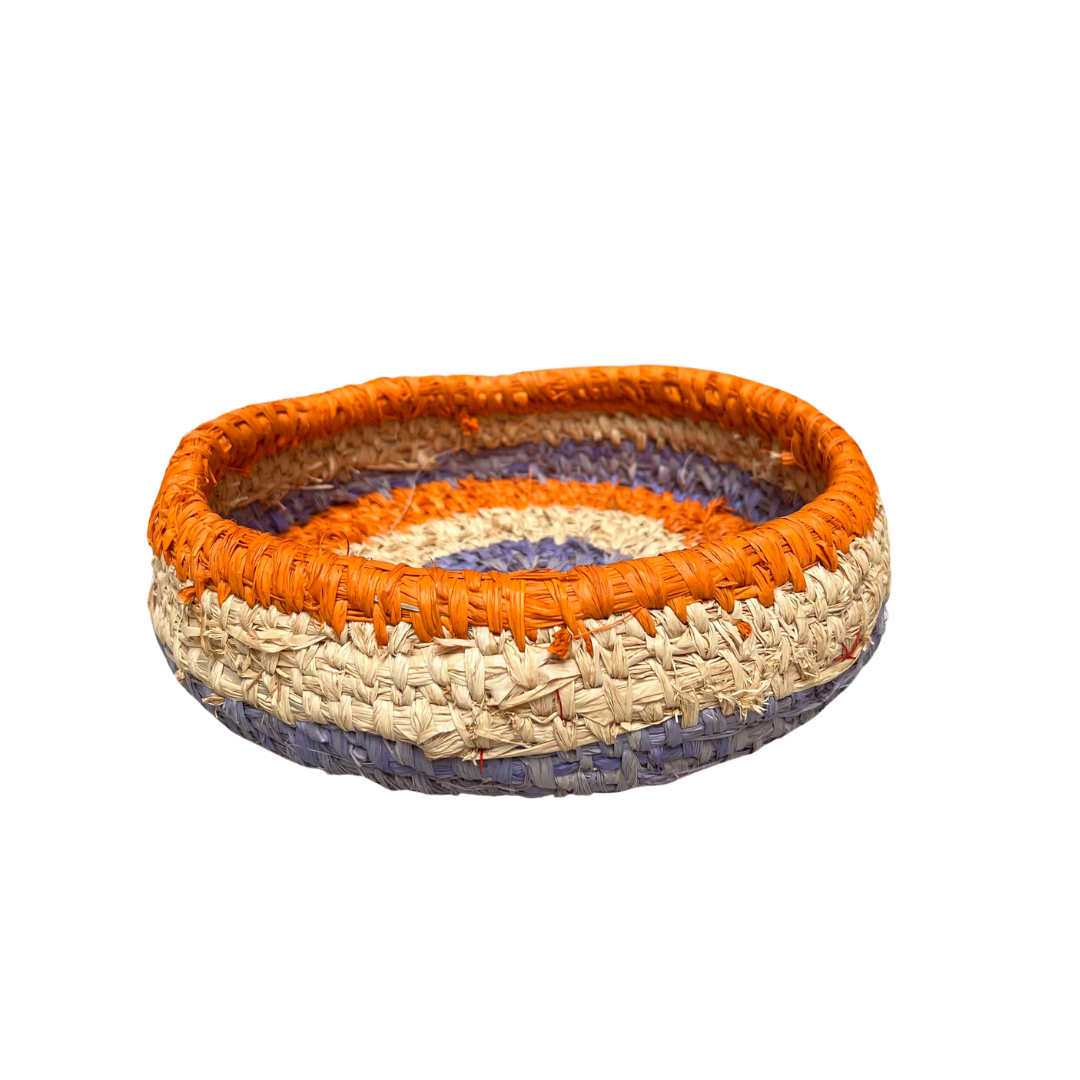



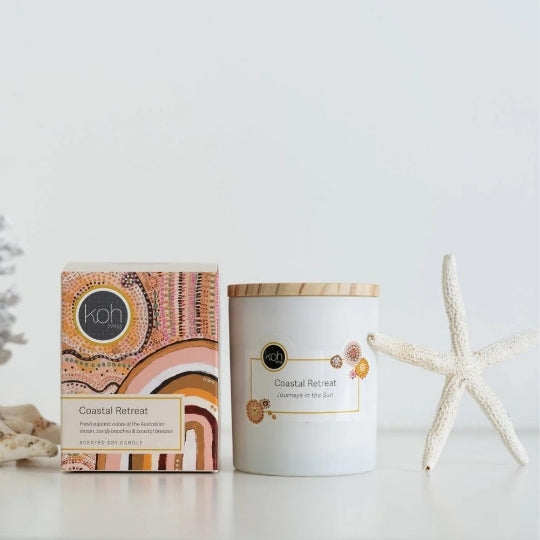







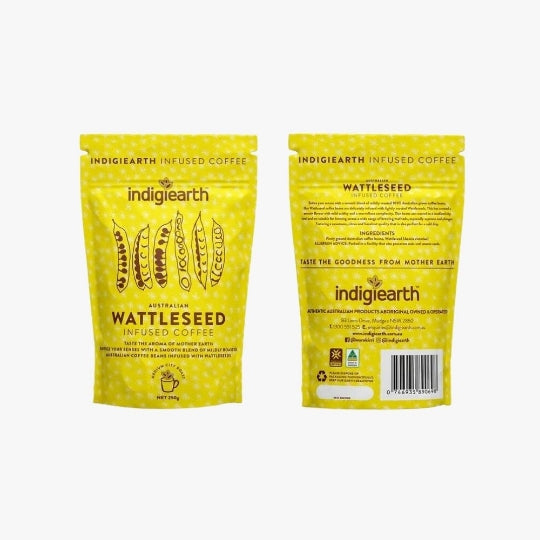
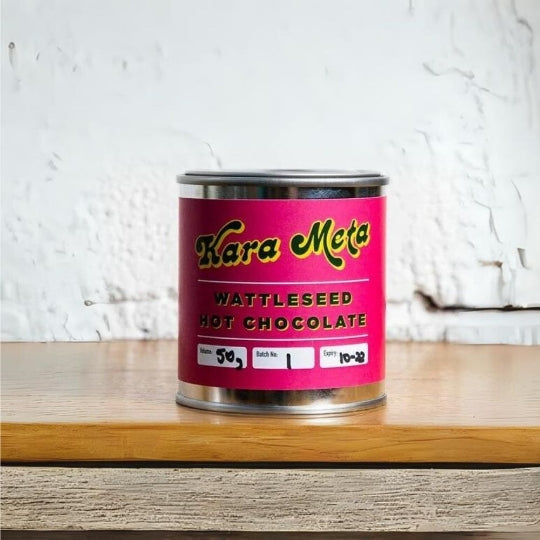
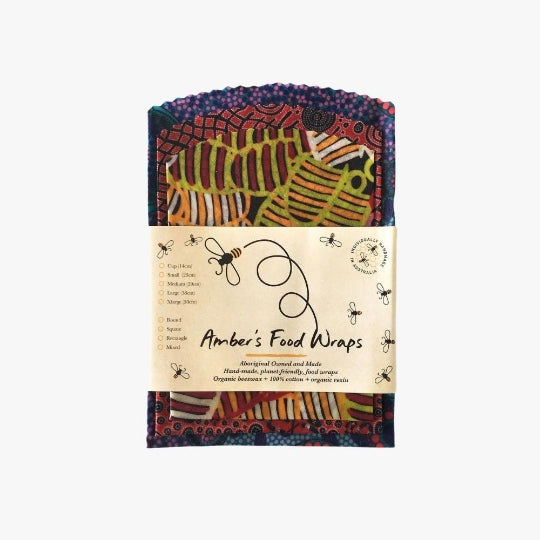
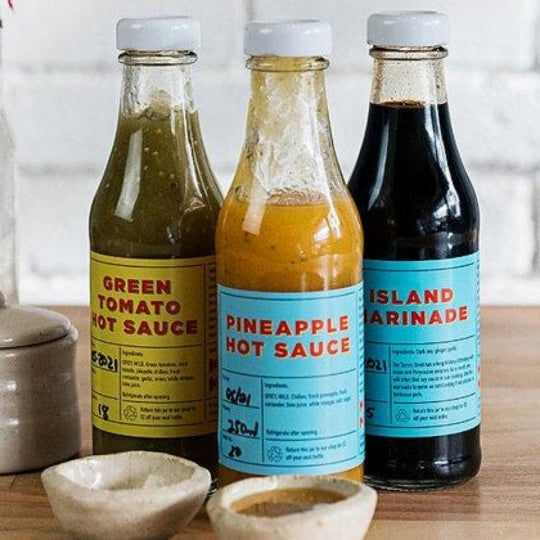

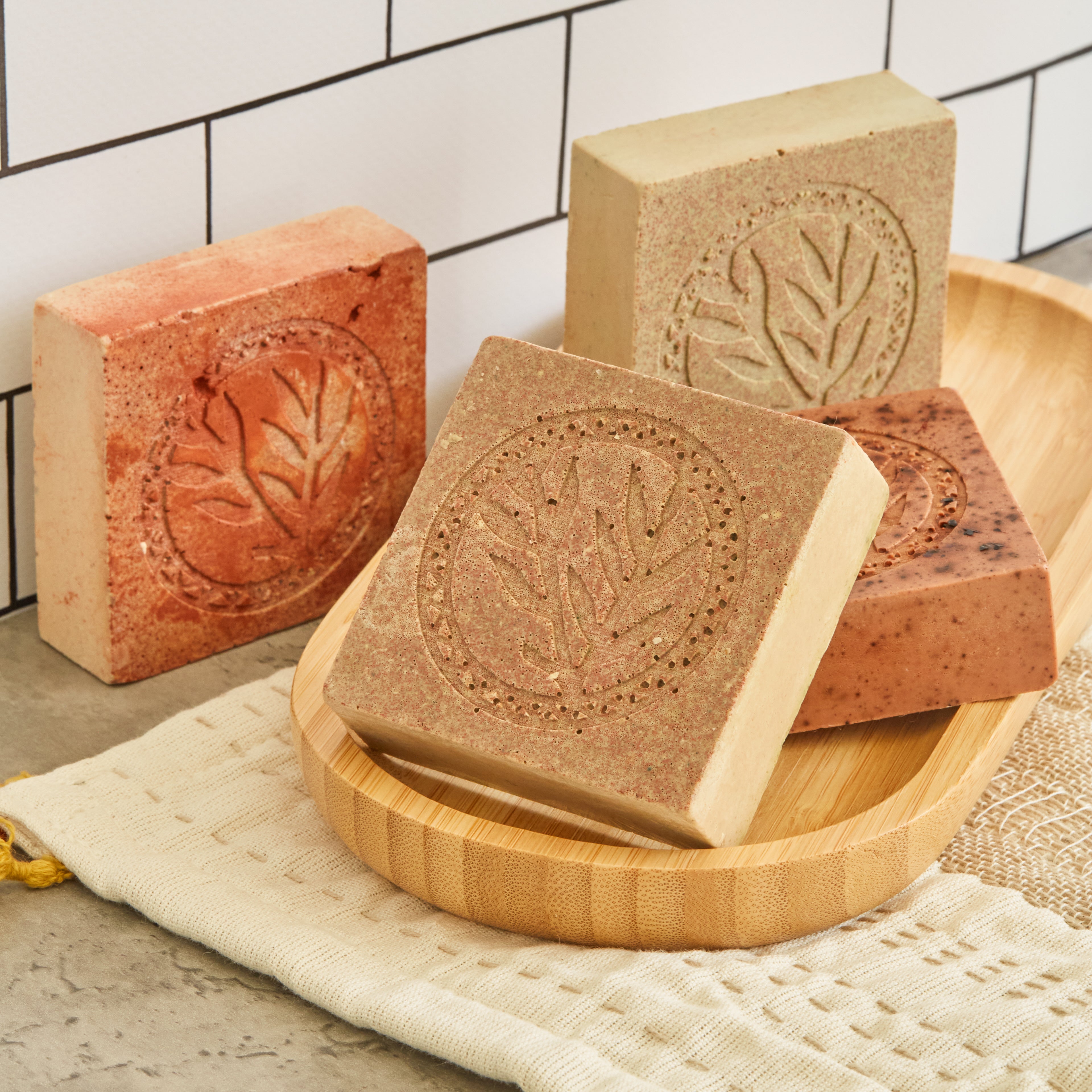
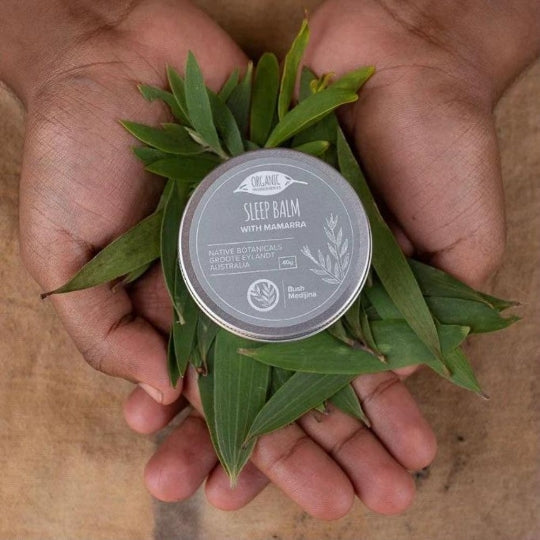
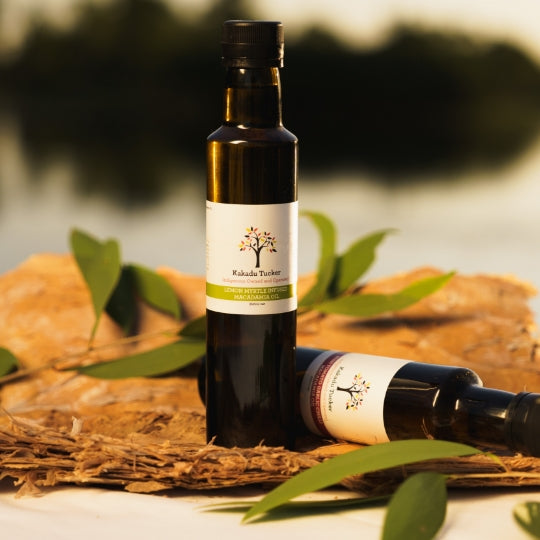


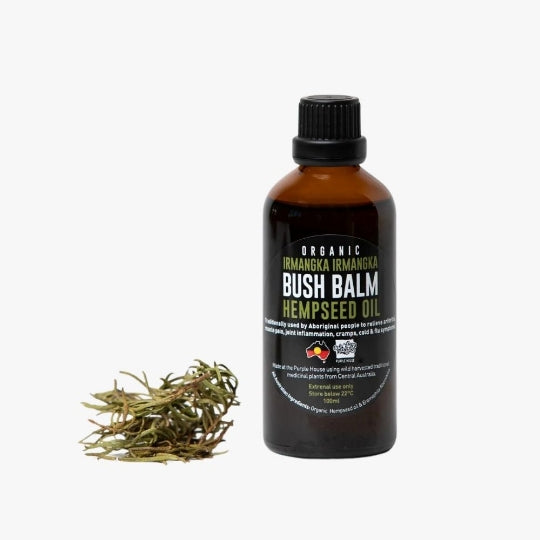



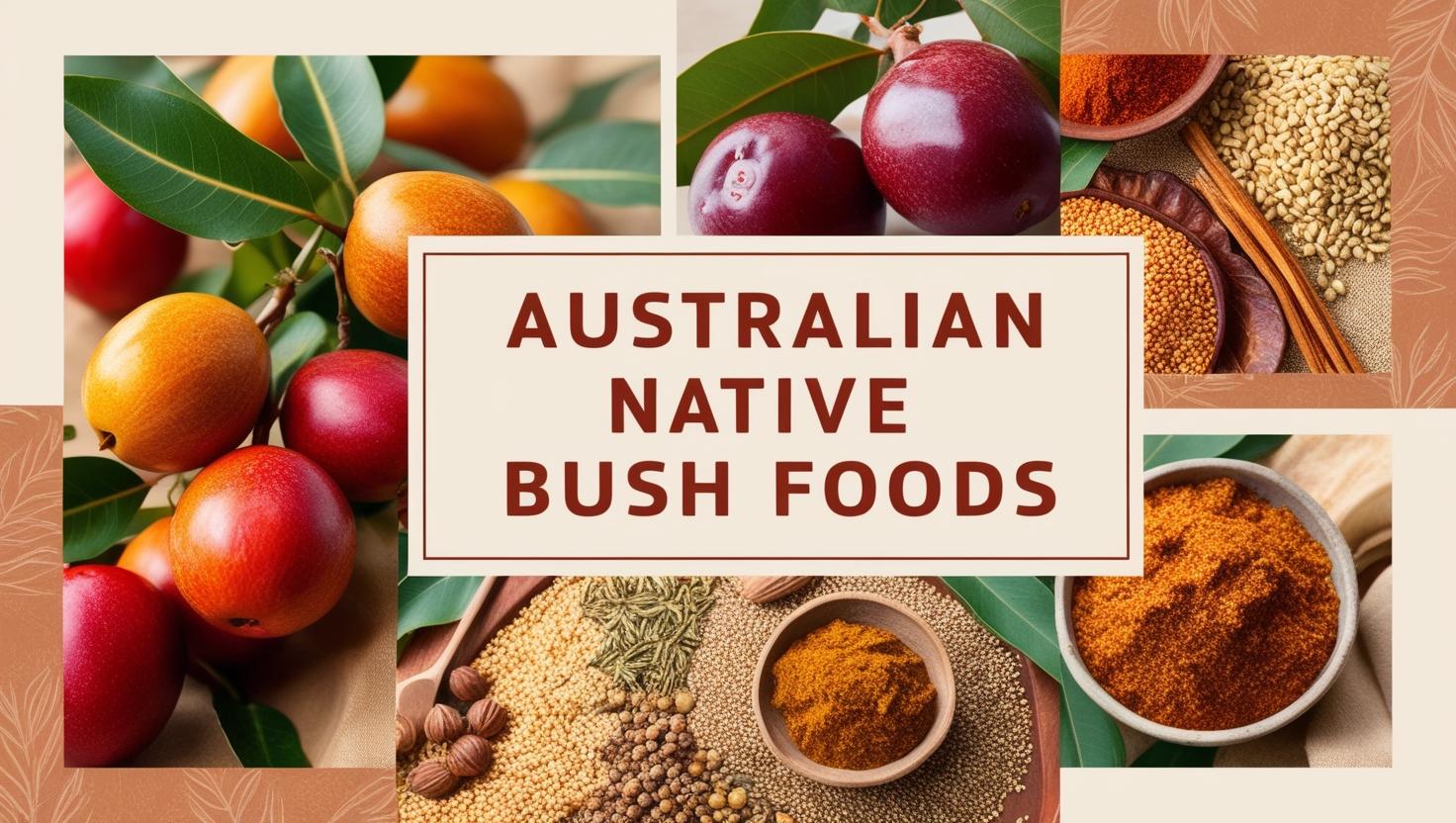



Leave a comment
This site is protected by hCaptcha and the hCaptcha Privacy Policy and Terms of Service apply.